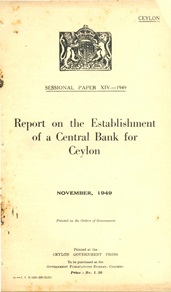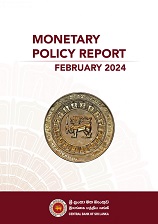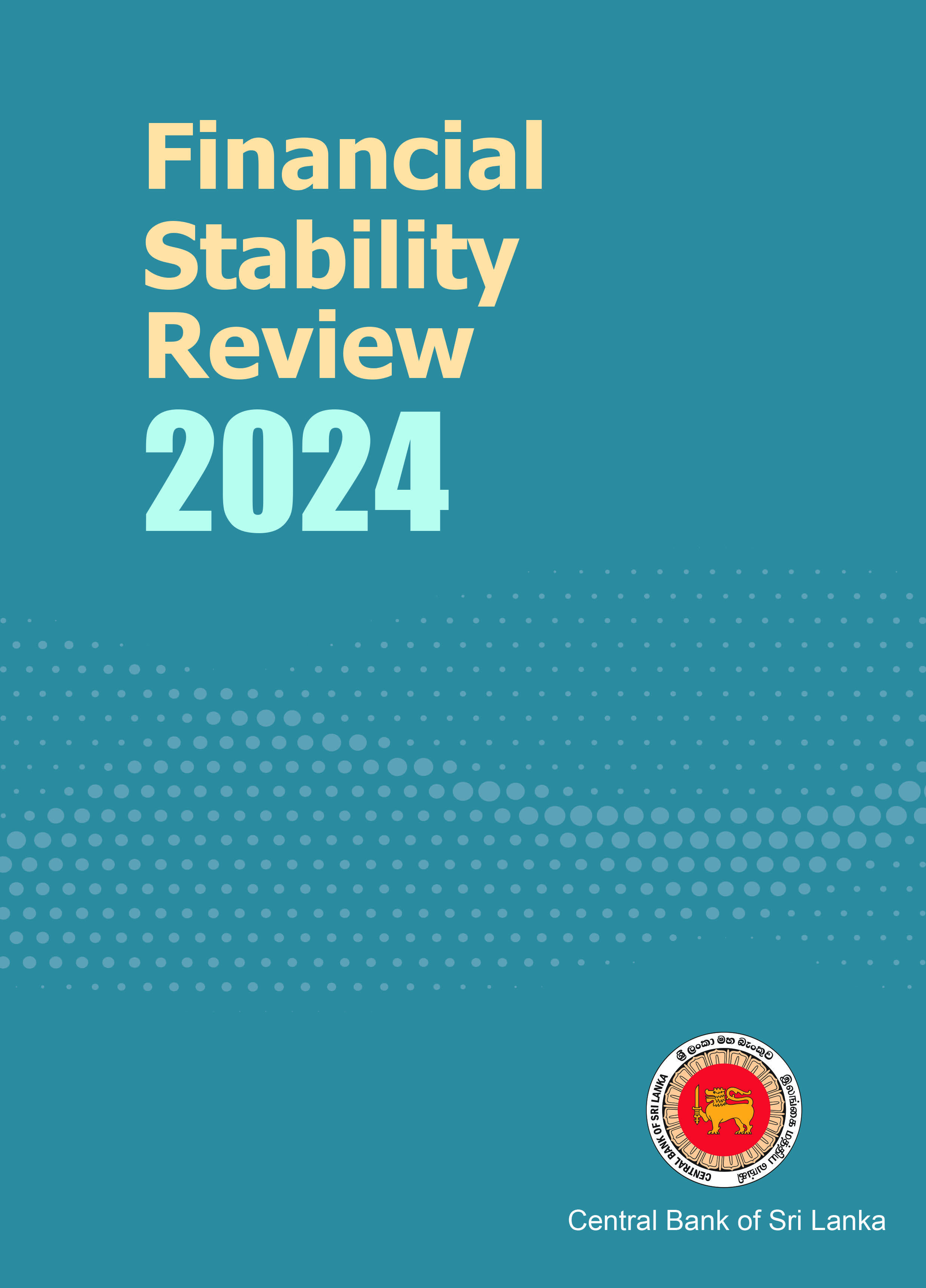Contributed by both food and non-food inflation, headline inflation, as measured by the year-on-year change in the Colombo Consumers’ Price Index (CCPI, 2013=100), increased to 5.5 per cent in January 2017 from 4.5 per cent in December 2016. Core inflation, based on CCPI, also accelerated to 7.0 per cent in January 2017 from 5.8 per cent in December 2016. Headline inflation and core inflation, based on the National Consumer Price Index (NCPI, 2013=100), which is available with a time lag, also reflected an upward trend in December 2016, recording 4.2 per cent and 6.7 per cent, respectively, on a year-on-year basis. In spite of the increase in inflation in recent times, which is mainly attributed to the impact of tax adjustments and the adverse weather conditions, inflation is projected to remain in mid-single digit levels, on average during the year supported by appropriate supply side and demand management policies.
Meanwhile, the year-on-year growth of credit extended to the private sector by commercial banks remained high at 21.9 per cent by end 2016. Although the growth of credit has somewhat eased from the peak of 28.5 per cent observed in July 2016, credit disbursements in absolute terms remain high in spite of the substantial upward adjustments in nominal and real interest rates. Mainly as a result of the growth of credit to the private and public sectors, broad money growth (M2b) remained at the elevated level of 18.4 per cent, on a year-on-year basis, at end 2016. It is anticipated that the growth of monetary and credit aggregates would gradually moderate during 2017, towards a level consistent with the anticipated real economic growth and mid-single digit inflation.










